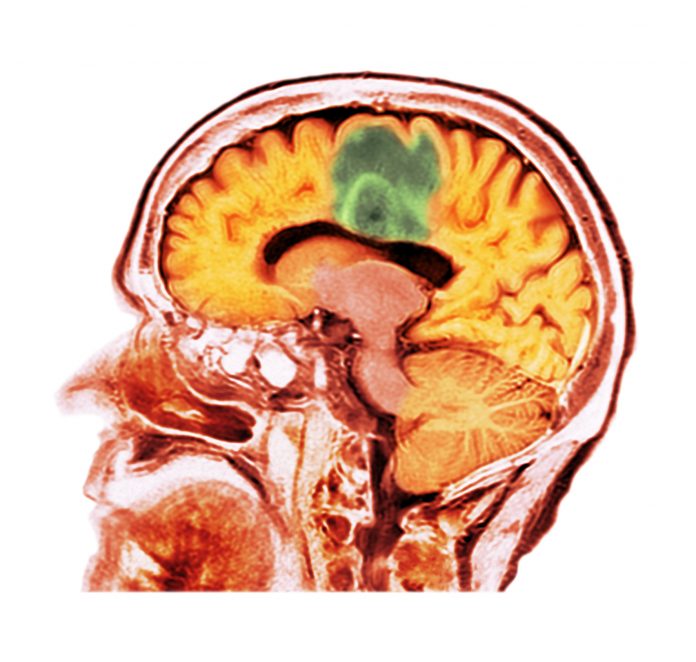
Investigators at the University of Texas MD Anderson Cancer Center has developed a potentially groundbreaking method for enhancing immunotherapy responses in glioblastoma by using extracellular vesicles loaded with messenger RNA (mRNA). This new approach, detailed in Nature Communications, has solved some of the hurdles faced by mRNA-based therapy approaches for cancer and could lead to wider use of these therapies across a range of hard-to-treat tumor types.
The new approach for mRNA delivery builds on research from a team at MD Anderson led by Betty Kim, MD, PhD, and Wen Jiang, MD, PhD, who developed a novel method earlier this year of loading mRNA into extracellular vesicles and demonstrates the anti-tumor potential of this method of therapeutic delivery. Researchers have known for some time the therapeutic potential of mRNA to fight both infectious diseases and cancer. But methods to deliver it accurately to where it is needed has been a challenge, with various other potential delivery method studied previously including via lipid polymeric nanoparticles.
“There are two primary challenges in using mRNA therapies for cancer treatment. First, how do you accurately target the tumor cells in the body? Second, how do you produce enough of the therapy for human use?” Jiang said. “Our approach solves those two problems.”
The team solved the quantity problem by developing a high-throughput system to create mRNA-loaded extracellular vesicles from engineered cells. This involved exposing host cells and a designer plasmid encoding the mRNA to short electric pulses, making membranes inside the cell, as well as the cell membrane itself, temporarily permeable and leading to the secretion of numerous vesicles loaded with mRNA material, which they then collected.
In this study, the extracellular vesicles were engineered to express the CD64 protein on their surface. This allowed the researcher to load them with anti-CD71 and anti-PD-L1 antibodies. Once the vesicles are inside the body, they target CD71 and PD-L1, which are often overexpressed in glioblastomas. The vesicles contained mRNA encoding interferon-gamma, an immune signaling protein. When the vesicles bind to receptors on tumor cells, they are internalized, releasing the mRNA.
Glioblastoma is a difficult to treat cancer due to the downregulation of MHC-1 and other characteristics of the tumor microenvironment that leads to immune suppression that evades detection thus limiting the ability of immunotherapies to attack the cancer. But in this new approach that is reversed by the mRNA which changes the tumor microenvironment to make the tumor more recognizable to immunotherapies. The researchers noted that in preclinical studies there was a significant increase in survival times and initial antitumor activity occurred within seven days.
“We chose glioblastoma because it has limited treatment options currently,” Jiang said. “We know that interferon-gamma can induce responses to immunotherapy in glioblastoma but delivering it to the tumor cells has thus far proven to be a major challenge due to its half-life and the inability for most delivery systems to cross the blood-brain barrier.”
Further, Jiang noted that this method should be easily adapted for other cancers by simply changing the antibodies to target those overexpressed in other tumor types.
“These results hopefully pave the way for mRNA-loaded extracellular vesicles to be used in cancer applications,” he concluded.













